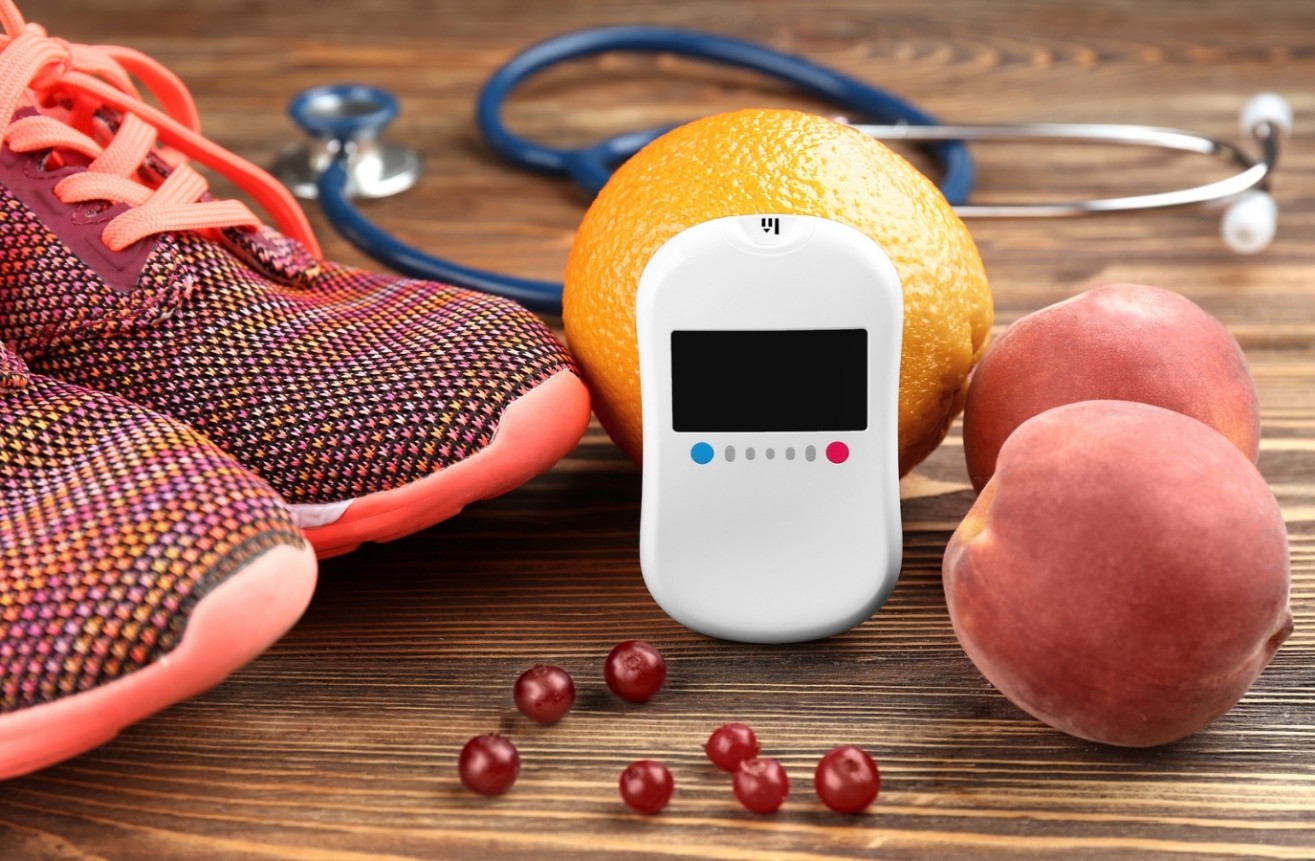According to a 2017 Center for Disease Control (CDC) report, over 30 million Americans have diabetes but nearly triple that amount have prediabetes—84 million and only 10% know they have it. In most cases, prediabetes will morph into diabetes but it doesn’t have to.
Prediabetes as its name implies is the stage prior to an individual’s developing diabetes. As in diabetes, the pancreas is unable to properly produce or store energy resulting in insufficient insulin production. In prediabetes, blood sugar levels are typically higher than normal but have not yet reached the critical level of diabetes.
There are two blood tests available to determine whether you have prediabetes: a fasting blood test and the Hemoglobin A1C (HgbA1c). The former will indicate whether you have prediabetes if your levels of sugar (glucose) ranges from 100 to 125 mg/dl. (If you have 126mg/dl or higher, you have diabetes.) However, if you don’t fast for the appropriate amount of time or if you take medications that might interfere with your blood sugar, your test results will be inaccurate. Whereas, the latter, the Hgb1c test is far more definitive. It will tell you what your average blood sugar (glucose) level is over a previous two to three month period. Your blood sugar level is considered normal if you have less than 5.7%; above that number you are at risk (prediabetic) and if you have more than 6.5% blood glucose, you are considered diabetic.
Factors that play a role in prediabetes include age, weight, and physical activity. Those most at risk are typically over the age of 40, lead inactive lifestyles, and are considered overweight and/or obese. Ethnic groups such as Asians, African-Americans, Hispanics, and Latinos are all at higher risk of developing the disease. Other risk factors include:
- Having a family history of diabetes
- High blood pressure
- High triglyceride levels
- Low levels of “good” cholesterol, referred to as high-density lipoprotein (HDL)
- Excess belly fat
- Heart disease
- Conditions such as polycystic ovary syndrome (PCOS), gestational diabetes, and low testosterone in men
The warning symptoms for prediabetes and diabetes are virtually the same and include increased thirst and frequent urination. High blood sugar levels can also cause fatigue, inability to concentrate, and weight gain. Skin changes like darkening called acanthosis nigricans can also occur on various parts of the body, such as the folds of the neck, arm pits, elbows, knuckles, and knees. Wounds will take more time to heal than usual.
Having prediabetes and preventing it from progressing means patients must be vigilant, and disciplined in taking corrective action. According to the American Diabetes Association (ADA), 30 minutes of any form of activity at least five times per week, is recommended. These activities can include running, brisk walking, swimming, biking, strength training, and flexibility exercises (stretches). It is interesting to note that Australian organizations like Exercise and Sport Science Australia suggest a more strenuous exercise regimen of upwards of 210 minutes a week performing moderately-intensive workouts or 125 minutes of rigorous exercise each week. Given how obesity is such a tremendous problem in the U.S., more vigorous exercise may be warranted.
Additionally, what you eat, when you eat and how you eat is just as important. Meals should contain an ample source of protein, fat, and carbohydrates. The Canadian Diabetes Association supports weight management such as counting carbs and using the plating method. In the illustration below, a dinner plate should consist of at least two vegetables, grains and/or starches, meat, fish, poultry or a vegetarian alternative. Plating ensures that you always have a healthy, balanced and tasty meal.
Canadian experts also advise splitting meals, favoring starters (appetizers in lieu of entrees), and menu planning. Skipping meals will only cause your weight to yo-yo and cause spikes in your blood sugar. Be consistent and eat three meals a day—make portions smaller if you have to, avoid sugary foods, eat more vegetables and fruits, and limit your alcohol intake.
Lifestyle changes and diet can be far more effective than medication, so make the adjustments you need now and monitor your blood sugar on a regular basis. Consult with your doctor if you need more guidance on nutrition and preventive measures.

Strategic Communications Professional/Content Strategist/Marketing Communications Consultant





